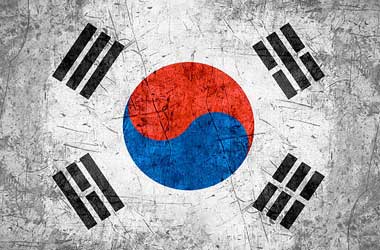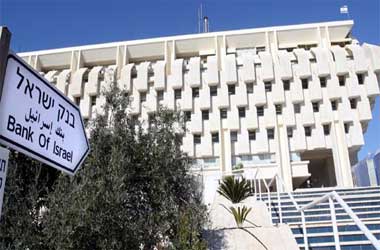 The GDP of South Korea decreased 3.3% q-o-q in June, following a 1.3% drop in the earlier period, and worse than market anticipations for a 2.3% decline. For the first-time since 1933, the fourth-largest economy of Asia entered into a technical recession.
The GDP of South Korea decreased 3.3% q-o-q in June, following a 1.3% drop in the earlier period, and worse than market anticipations for a 2.3% decline. For the first-time since 1933, the fourth-largest economy of Asia entered into a technical recession.
The decline is also the worst on record since 1998 as exports of products and services from cross-border trade dependent economy slumped 16.6%, reflecting the worst figure since the last quarter of 1963.
Notably, in the second quarter of 2019, the country’s GDP shrank 2.9% y-o-y, rebounding with a 1.4% expansion in the earlier three month time frame and deeper than a 2% drop anticipated by analysts.
The Bank of Korea left its benchmark interest rate unaltered at a historical low level of 0.5% on July 16, in accordance with economists’ estimates. Monetary policymakers stated that the country’s economic growth remained weak amid the continuing Covid-19 issue, as exports continued to decline.
The rebound in services investment remains subdued. Likewise, decline in construction investment also continues. In the meanwhile, demand side inflationary pressures are expected to stay weak.
The board confirmed that it will continue with its loose monitory policy plan, while closely watching developments associated with the pandemic, effect on the economy and financial markets, alterations in financial stability and impact of policy initiatives related to Covid-19 pandemic.
The 25 basis point interest rate reduction in May is the fourth rate cut in the prevailing easing trend.
In the meanwhile, the Finance Ministry will move forward with privately funded infrastructure ventures valued at over 30 trillion won ($25.10 billion) in 2020, as portion of its plan to reboot the Covid-19 affected economy.
In Norway, seasonally adjusted jobless rate rose to 4.6% in the quarter ended May, missing economists’ anticipations for a jobless rate of 4.3%. It was the highest unemployment rate since February-April 2017 period as the number of jobless people increased by 3,000 to 131,000, while the number of employed fell by 53,000 to 2.694 million.
The measure of industrial confidence improved to -10.1 in 2Q20, from an amended -17.4 in the earlier period. It was the third consecutive quarter with industrial sentiment in negative zone as the total volume of orders fell steeply due to Covid-19 pandemic. Capital goods mainly contributed to the decline in confidence.
The overall outlook for 3Q20 is still impacted by Norwegian and worldwide initiatives against Covid-19 pandemic. Several industry leaders have voiced pessimism about the forthcoming quarter. The industry leaders have revealed that future investment plans have been revised downwards as they anticipate fresh orders from both local and overseas markets to decrease considerably.
Likewise, Sweden’s jobless rate increased to 9.8% in June, from 9% in the earlier month and 7.2% in the comparable period of 2019. It was the highest unemployment rate since June 2009 as the Covid-19 crisis negatively impacted the labor market. The number of jobless people rose by 150,000 y-o-y to 557,000, while employment dropped by 148,000 to 5.101 million.
The labor force participation rate dropped 0.2% to 75.1%. On a seasonally adjusted basis, unemployment rate increased to 9.2%, from 8.5% in the earlier month.




